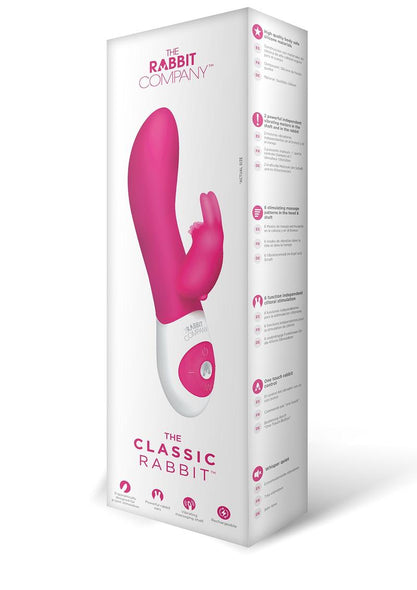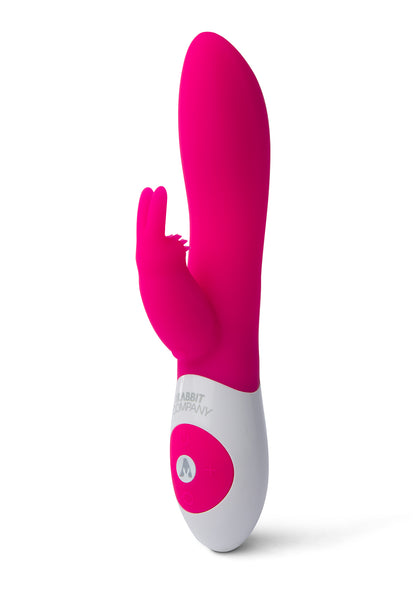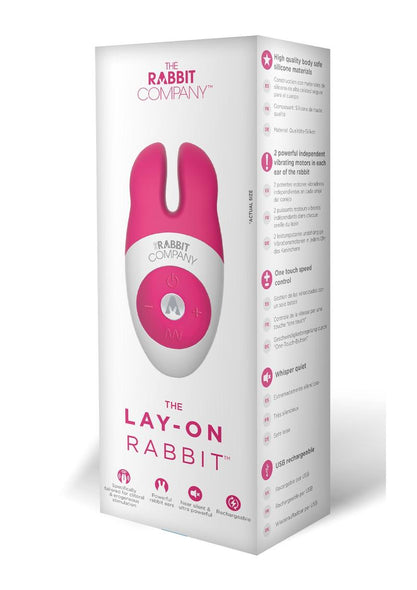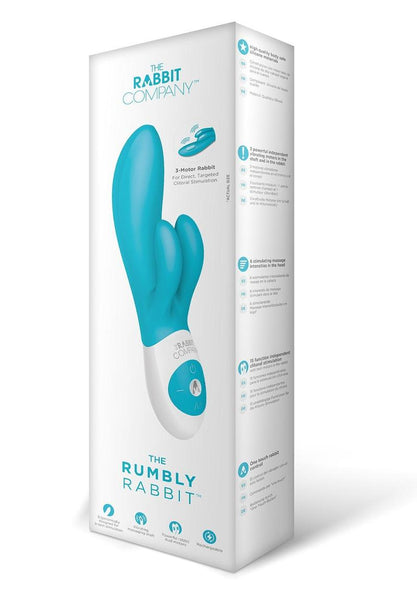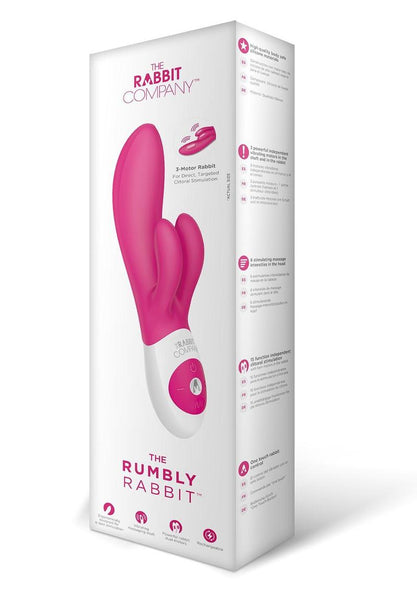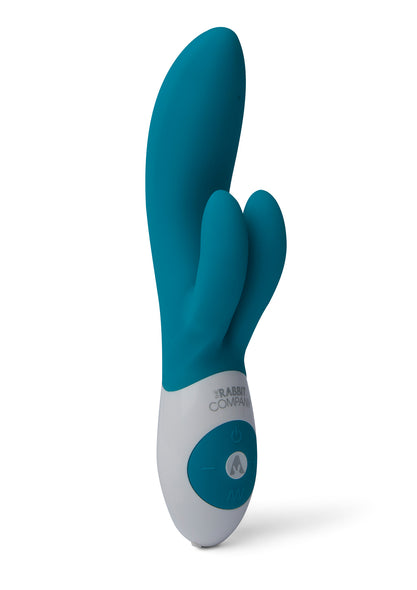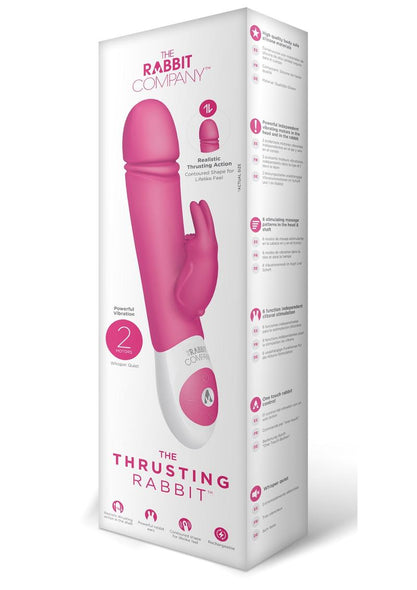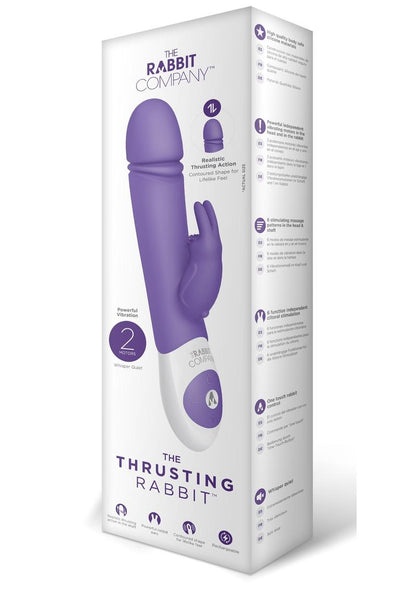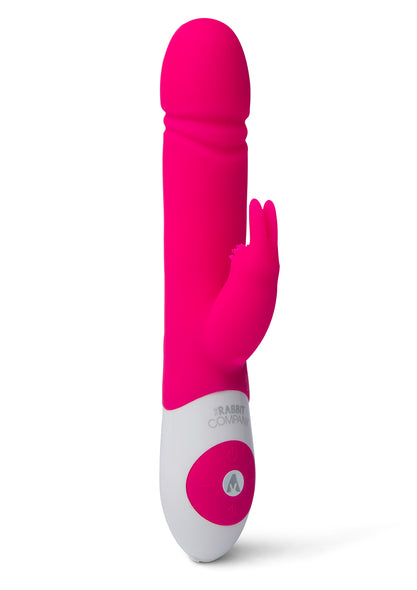🐰 SPRING FLING SALE: Enjoy 10% off EVERYTHING, sitewide!
Treat yourself to pleasure at a discount. Don't wait—shop now!
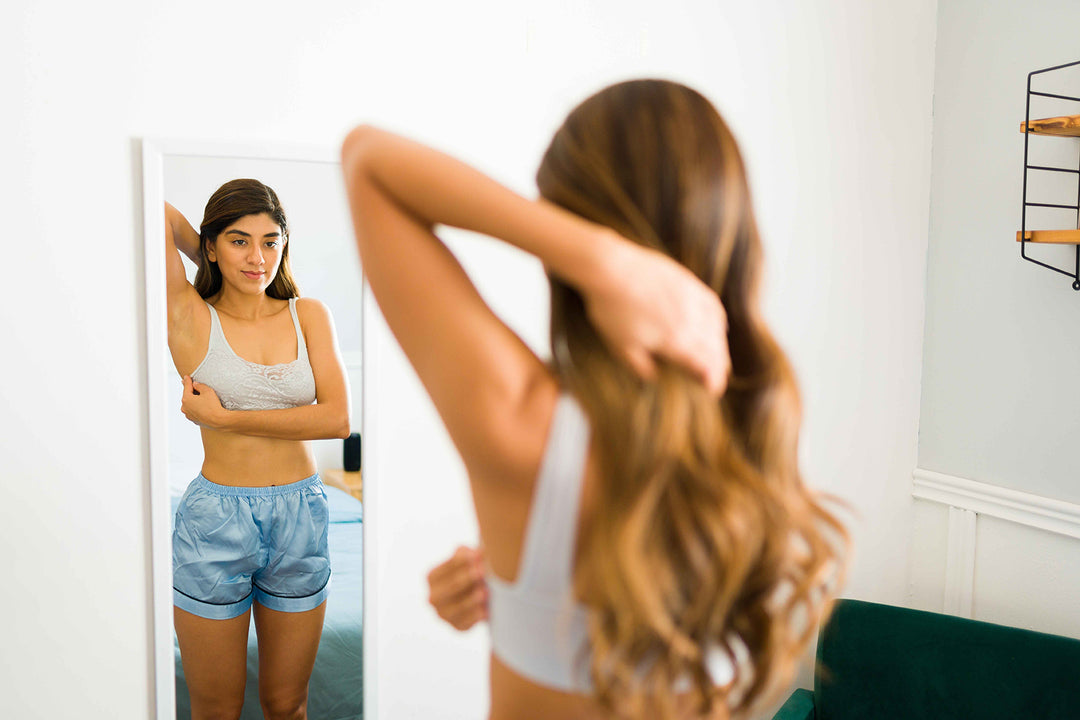
Breast Cancer Awareness: How to Touch Yourself
Posted on
Breast Cancer Awareness Month is an important reminder for all women to prioritize their breast health. Understanding your body and performing regular breast self-exams can help you detect any changes early, leading to timely intervention and treatment. Don't know how to do that? Don't worry! In this blog, you'll learn how to touch yourself — and this time it won't be just for pleasure, but as an essential part of self-care and breast health.
Before diving in, let's see why this conversation is important. According to the American Cancer Society:
- 1 in 8 women will be diagnosed with breast cancer during their lifetime.
- In 2024 alone, it is estimated that over 310,720 new cases of invasive breast cancer will be diagnosed.
- 2,790 breast cancer cases will be diagnosed in men.
While these numbers can be alarming, it is important to note that the death rate of breast cancer has dropped by 44% since 1989 because of advances in treatment and earlier detection. This takes us to our next point: The importance of knowing your body and performing regular self-exams:
- Early Detection: Familiarizing yourself with your breasts can help you notice any changes, such as lumps, swelling, or unusual texture, which may indicate a problem. Early detection is crucial as it can significantly improve treatment outcomes.
- Empowerment: We're all about women empowerment! And understanding your body can allow you to take an active role in your health and well-being.
- Awareness Matters: Regular self-exams raise awareness about breast health and can help you feel more in tune with your body's normal state, making it easier to recognize changes.
How to Touch Yourself and Perform a Breast Self-Exam
Let's start with the basics: when is the right time to perform a breast self-exam? Ideally, it should be when you're breasts are less likely to be tender or swollen, which usually is a few days after your menstruation ends.

Step 1: Take a Look at Your Breasts
Stand in front of a mirror, put your hands on your hips, and look for any visible changes in size, shape, or contour. Check for abnormalities like lumps, swelling, or dimpling of the skin. Observe the appearance of your nipples and check for any discharge.
Step 2: Arms Above Your Head
While looking in the mirror, raise your arms above your head and check for the same changes as in the previous step. Pay attention to any changes that may appear when your arms are lifted.
Step 3: Lie Down
When lying down, the breast tissue spreads out, making it easier to examine. In this position, you will need to use your right hand to examine your left breast by placing your fingers flat and together.
Use a circular motion to feel for lumps, starting from the outer edges and moving toward the center. Repeat this for the other breast. Use your left hand to examine your right breast, and follow the same method.
Step 4: Touch With Different Pressure Levels
Start with light pressure to feel the tissue closest to the skin, then apply medium pressure to feel the mid-level tissue, and finish using firm pressure to examine the deeper tissue.
Step 5: Don't Forget the Nipples!
Gently squeeze each nipple and look for any discharge or abnormalities. If you notice any unusual discharge, report it to your healthcare provider.

Being proactive about your breast health through regular self-exams is not just a routine; it's a powerful act of self-care and awareness. By knowing your body and understanding the changes that may occur, you set yourself up for success in detecting any potential issues early.
As we embrace Breast Cancer Awareness Month, let's commit to making self-exams a regular part of our lives and advocate for the importance of breast health awareness. Sharing knowledge and encouraging friends and family to prioritize their breast health can create a supportive community.
Share this guide with your friends and family to encourage them to take charge of their breast health, too!
Disclaimer: Keep in mind that breast self-exam should never be considered a substitute for other breast cancer screening methods by medical professionals. This method should always be accompanied by regular physical exams by a doctor, mammography, ultrasound, or MRI when needed.


